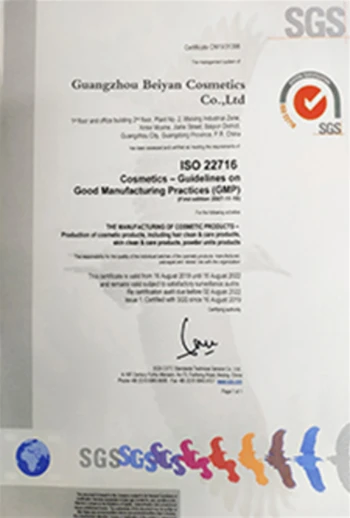



Exploring the Properties and Applications of Barium Sulphate Suspensions in Industry and Medicine
Exploring the Properties and Applications of Barium Sulphate Liquid
Barium sulphate, a white crystalline solid, has been a staple in various industries due to its unique physical and chemical properties. However, when we refer to barium sulphate liquid, we are often discussing its use in suspension form, especially in medical and industrial applications. This article will explore the characteristics, preparation, and significant uses of barium sulphate liquid, shedding light on its importance in modern technology and healthcare.
Characteristics of Barium Sulphate Liquid
Barium sulphate (BaSO₄) is an inorganic compound that is poorly soluble in water. However, it can be suspended effectively in liquids, forming a barium sulphate liquid that exhibits a milky white appearance. The suspension is stable and has a high density, which makes it an essential component in various applications. One of its notable properties is its opacity to X-rays, making it invaluable in certain medical diagnostic imaging processes.
The liquid form of barium sulphate primarily consists of suspended particles dispersed in a suitable medium, such as water or glycerin. This high-density suspension allows it to provide a contrast effect, facilitating better imaging results in X-rays and CT scans.
Preparation of Barium Sulphate Liquid
The preparation of barium sulphate liquid typically begins with the synthesis of barium sulphate from barium carbonate and sulfuric acid. Once the solid form is obtained, it can be then mixed with appropriate liquids to form a suspension. The particle size, concentration, and composition of the suspension can be adjusted to meet specific requirements for different applications.
barium sulphate liquid

Special care must be taken to ensure the barium sulphate suspension is homogenous and free from impurities, as these can interfere with its effectiveness in applications. The formulation may also include stabilizers to prevent sedimentation and ensure that the particles remain evenly distributed throughout the liquid.
Applications of Barium Sulphate Liquid
One of the most significant uses of barium sulphate liquid is in medical imaging, particularly in gastrointestinal (GI) studies. In patients undergoing X-rays of the esophagus, stomach, or intestines, a barium swallow or barium meal may be administered. The barium sulphate suspension coats the lining of the GI tract, providing contrast against surrounding tissues and improving the clarity of the images produced. This enhanced visibility allows physicians to diagnose conditions such as ulcers, tumors, and blockages more accurately.
In addition to its medical applications, barium sulphate liquid is utilized in the manufacturing of paints, coatings, and plastics. Its high opacity and brightness make it an excellent filler and pigment, improving the quality and durability of finished products. It is also used in the oil and gas industry as a weighting agent in drilling fluids, providing support and preventing blowouts during the drilling process.
Moreover, barium sulphate's non-toxic nature adds to its appeal in various applications. Unlike many other materials, it does not pose significant health risks when used appropriately, making it an option for industries aiming to adhere to strict safety and environmental standards.
Conclusion
Barium sulphate liquid represents a versatile and essential material across multiple sectors, primarily due to its unique properties and effective performance in applications ranging from medical imaging to industrial manufacturing. Its ability to provide high contrast in radiological procedures and function as a reliable additive in various products underscores its significance. As technology continues to advance, the demand for innovative uses of barium sulphate liquid is likely to grow, further solidifying its role as a critical substance in modern industry and healthcare. With ongoing research and development, we can expect to discover even more applications that harness the strengths of this remarkable compound.
-
Why Sodium Persulfate Is Everywhere NowNewsJul.07,2025
-
Why Polyacrylamide Is in High DemandNewsJul.07,2025
-
Understanding Paint Chemicals and Their ApplicationsNewsJul.07,2025
-
Smart Use Of Mining ChemicalsNewsJul.07,2025
-
Practical Uses of Potassium MonopersulfateNewsJul.07,2025
-
Agrochemicals In Real FarmingNewsJul.07,2025
-
Sodium Chlorite Hot UsesNewsJul.01,2025










